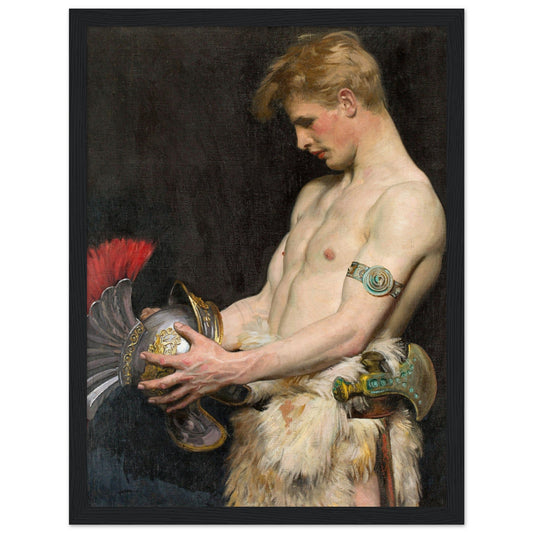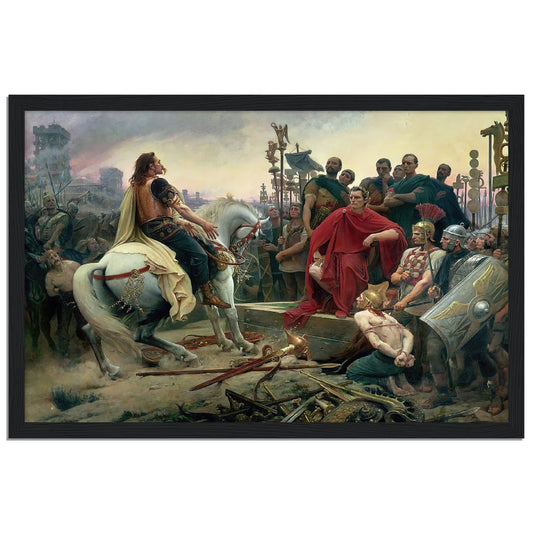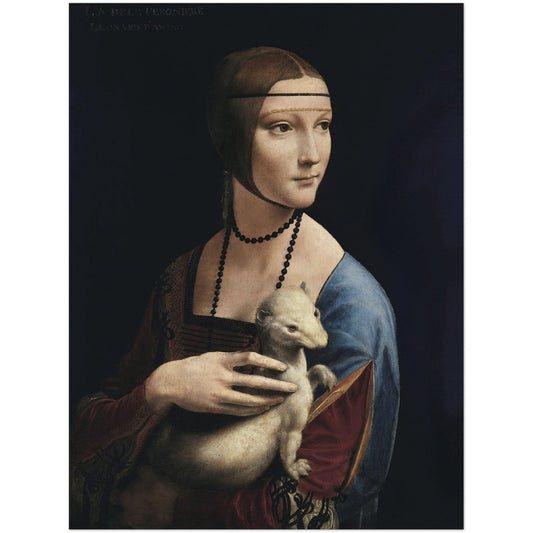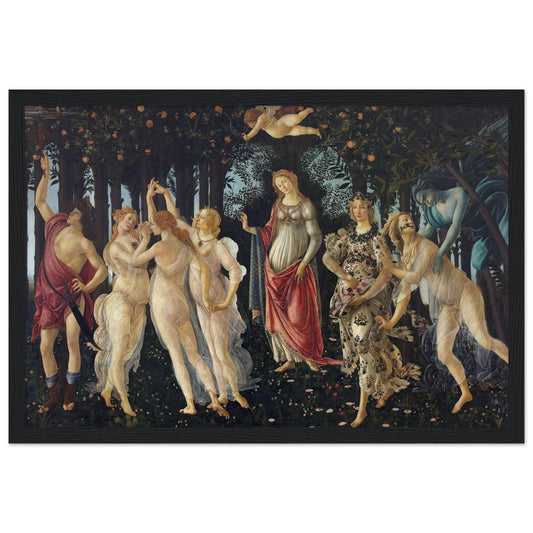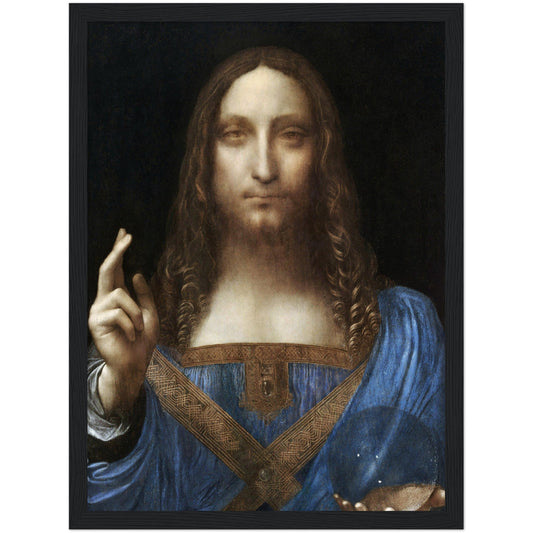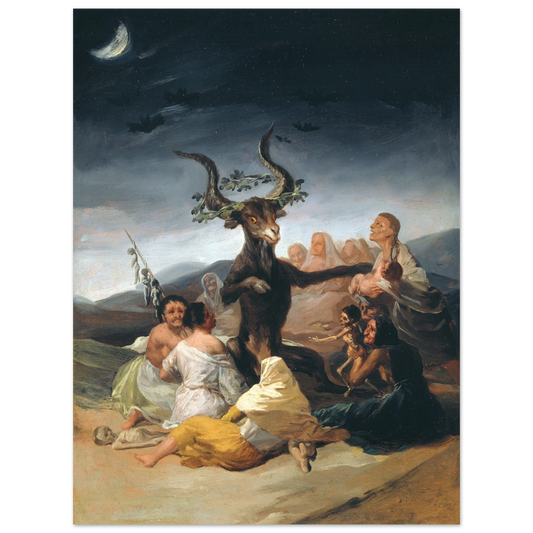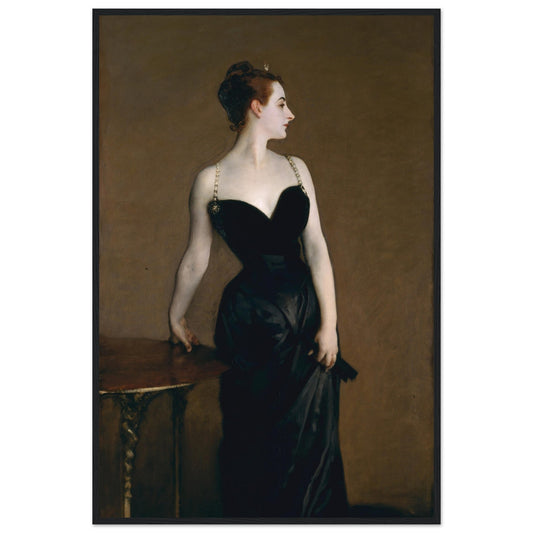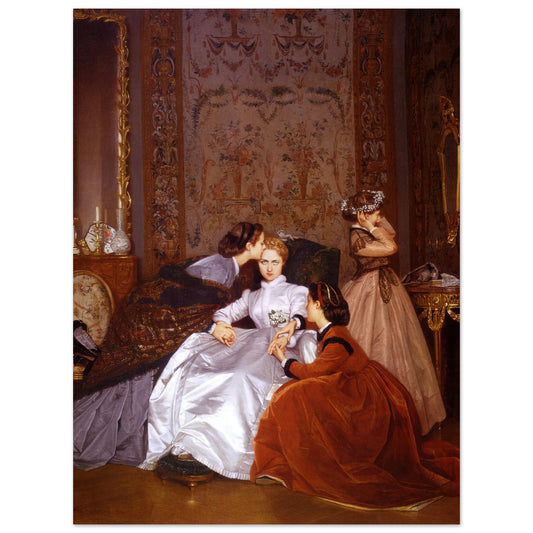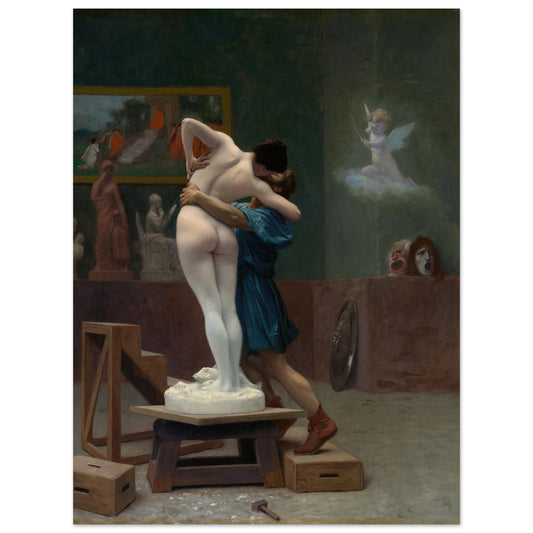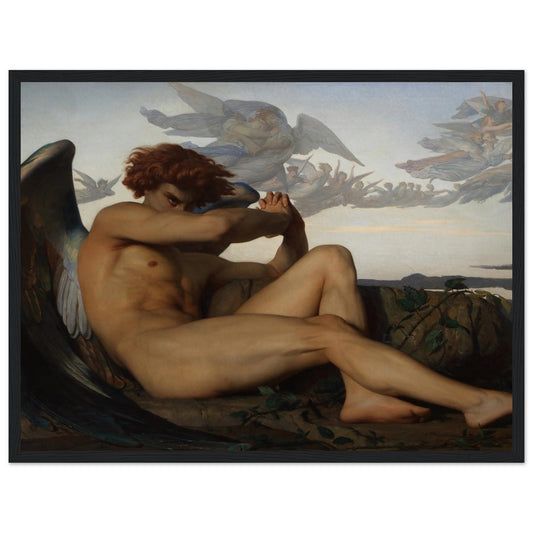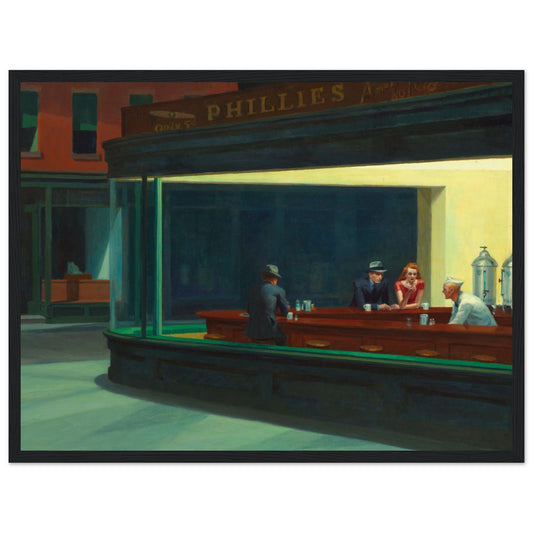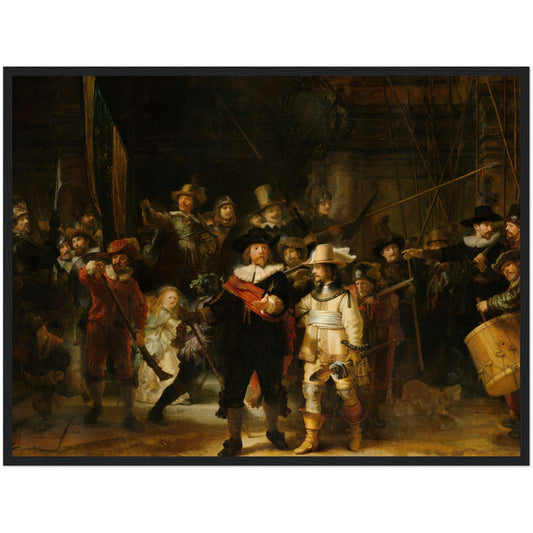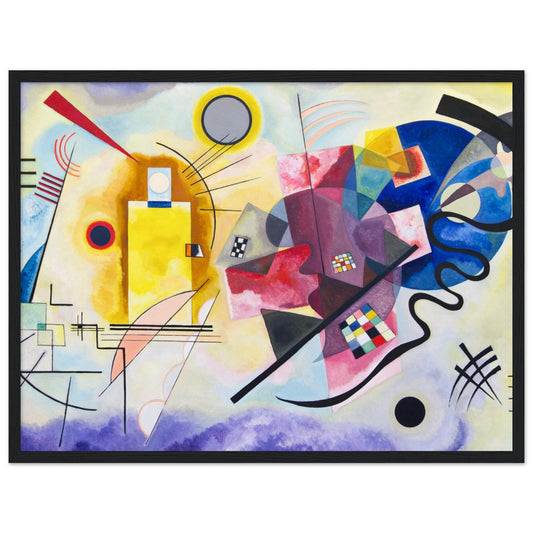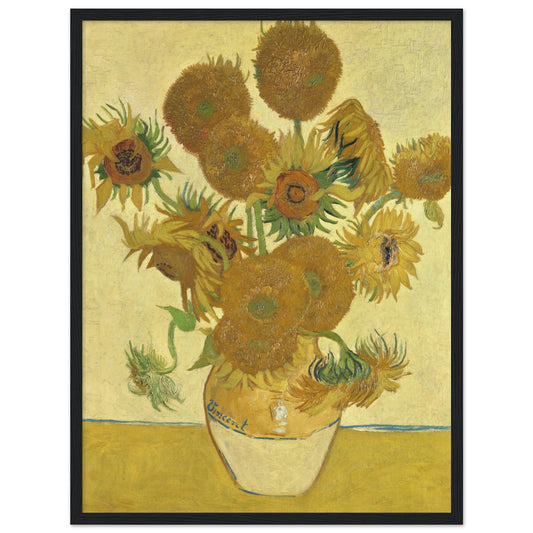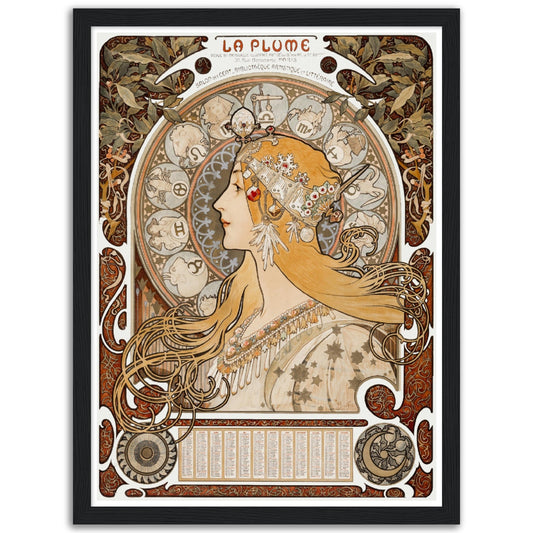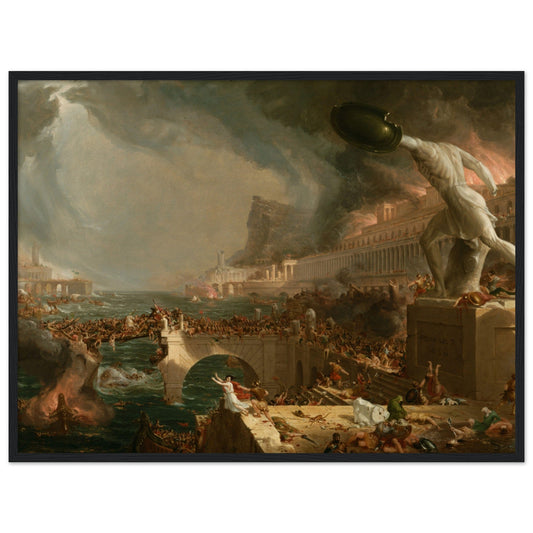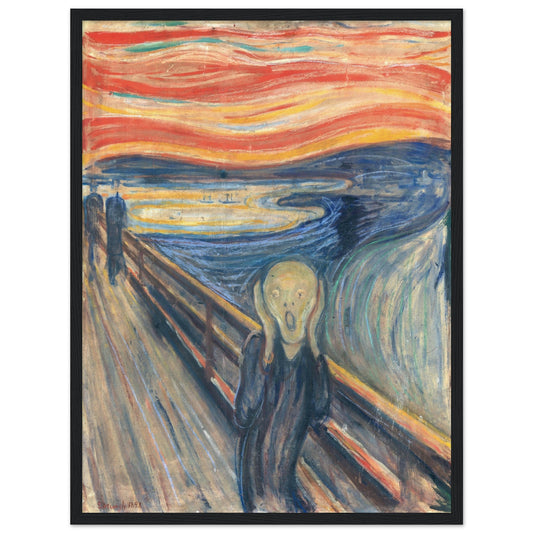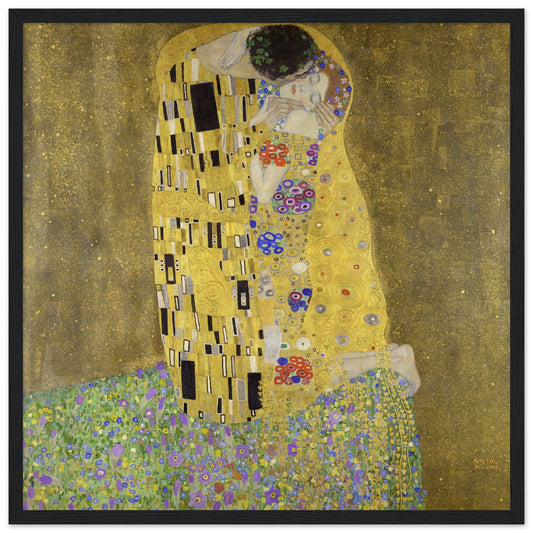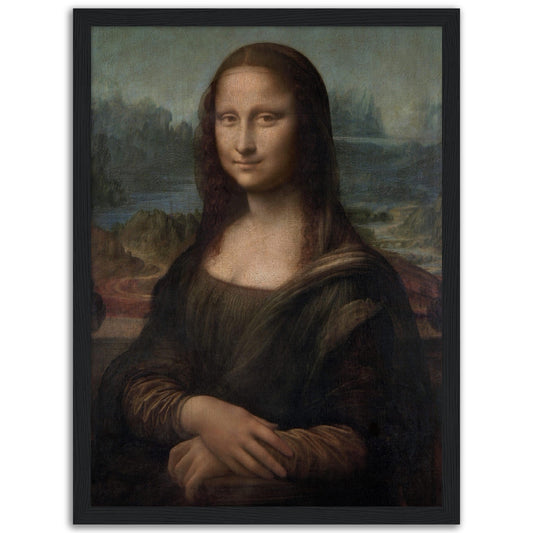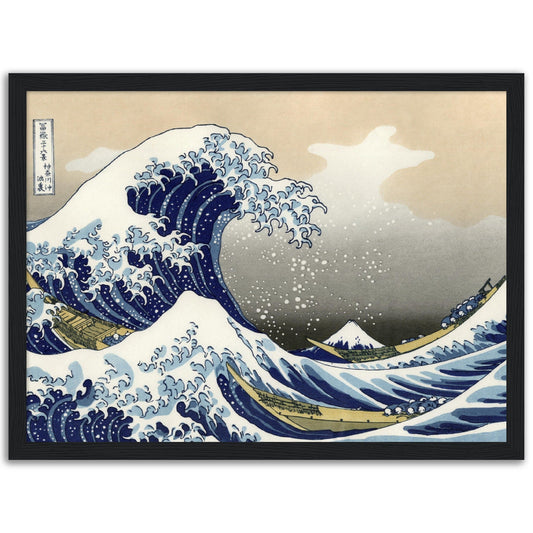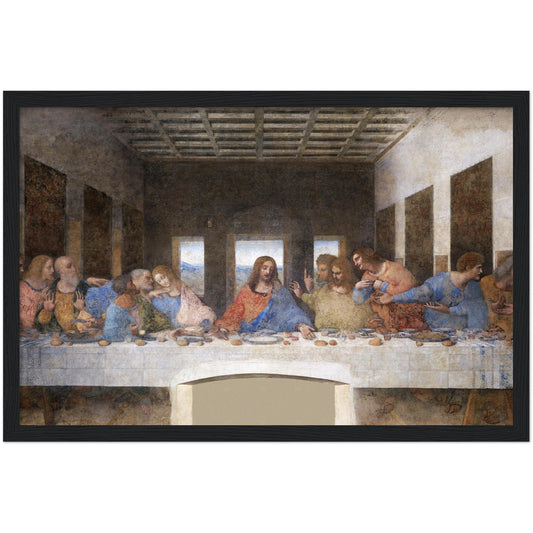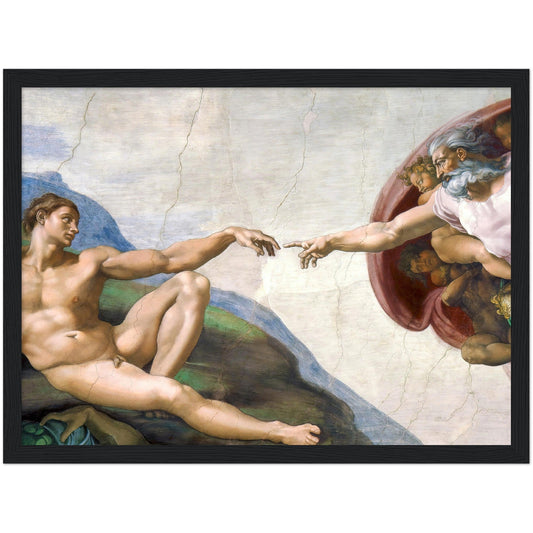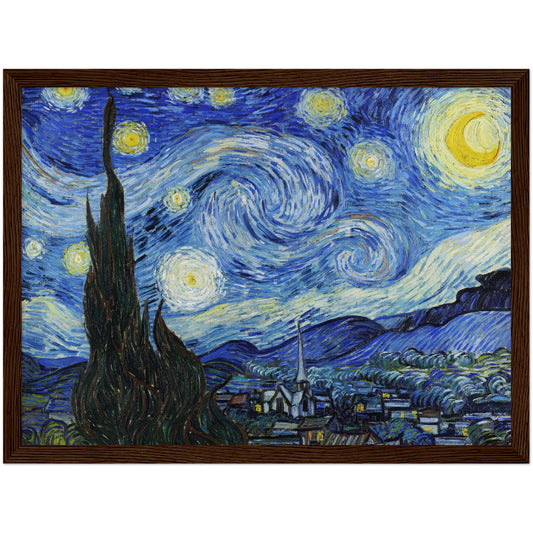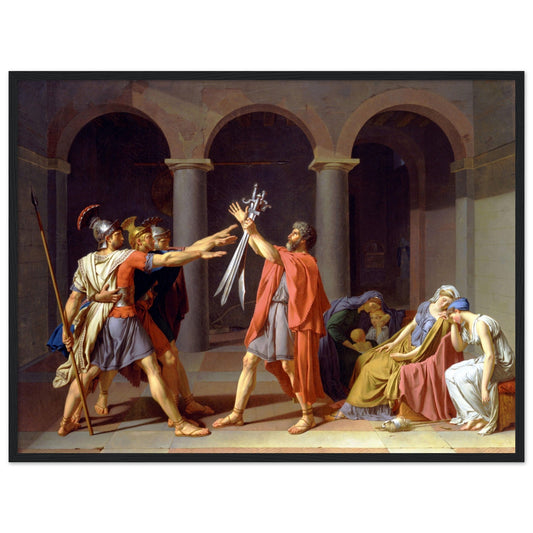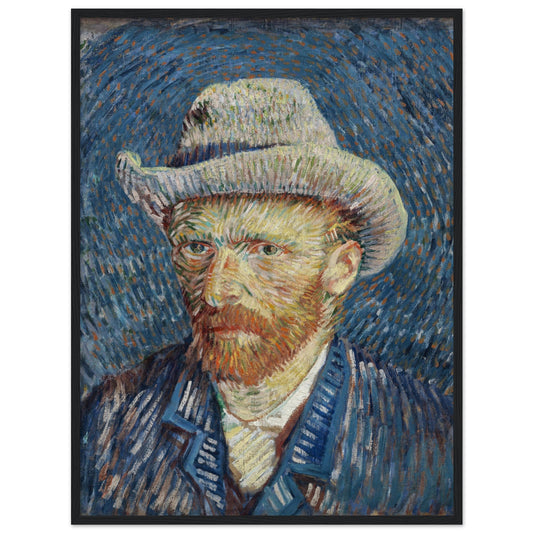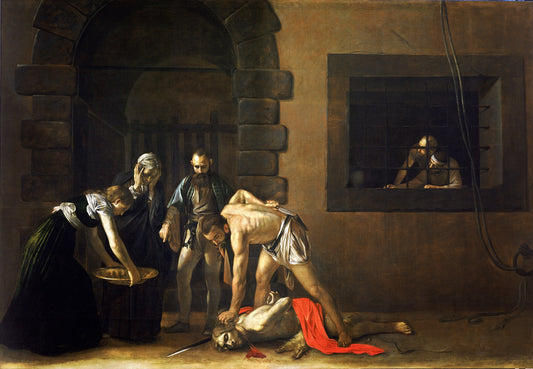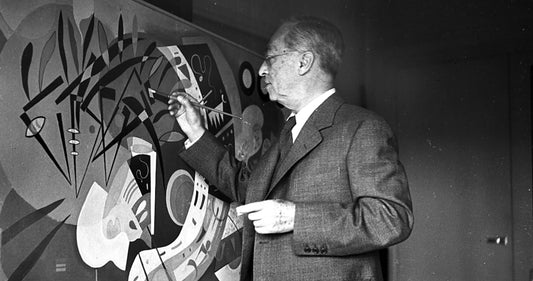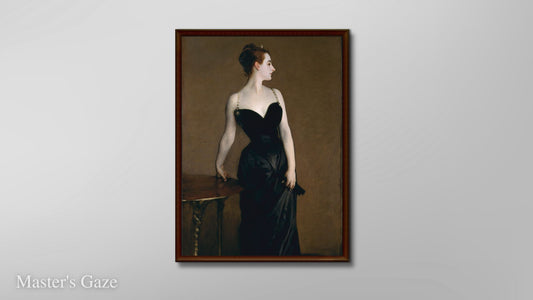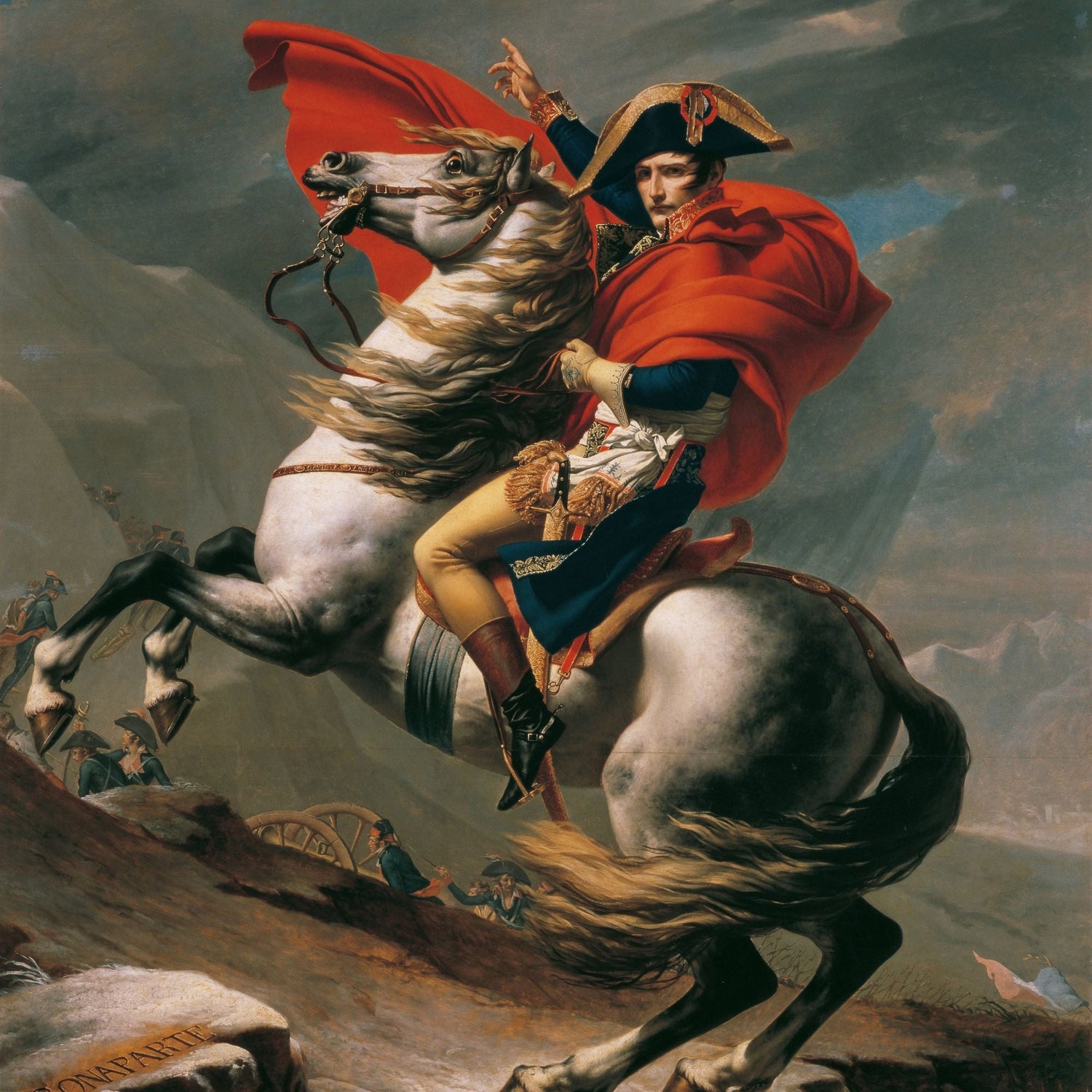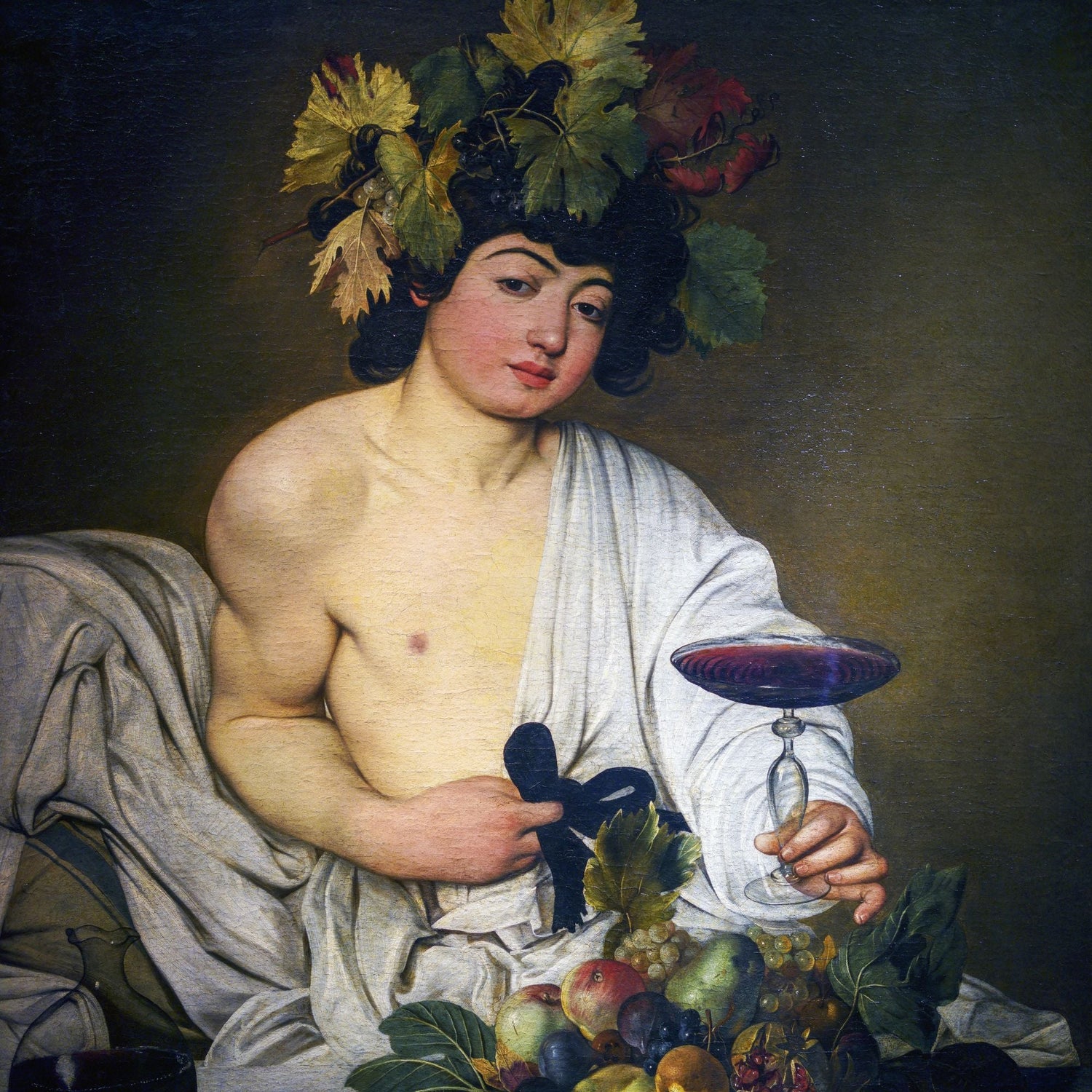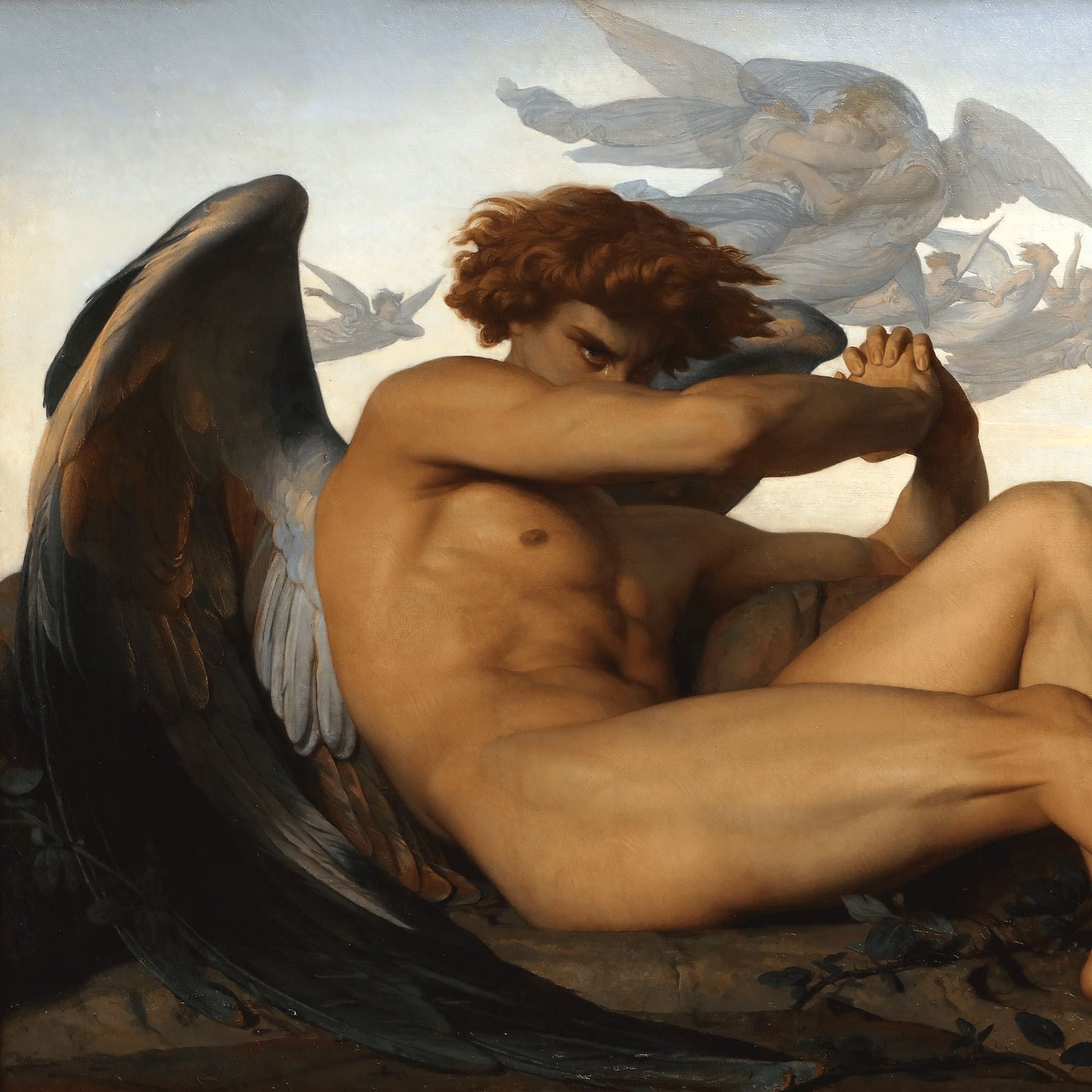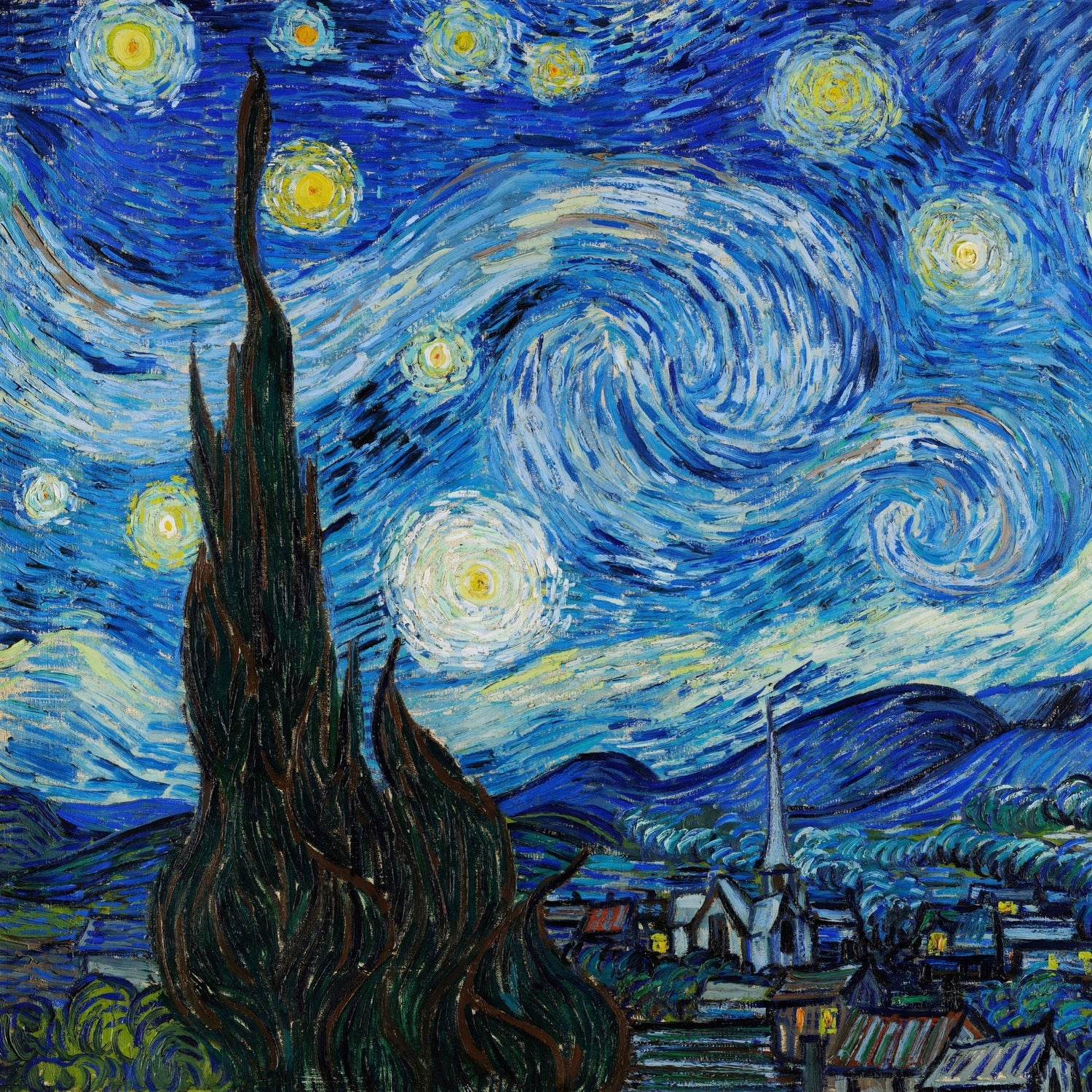One of the best museums in Paris is the Louvre! It is not only the largest art museum in the whole world but also the most visited.
The Louvre is home to some of the most famous paintings in Paris and the world at large, and it showcases the works of the most famous painters and sculptors.
With a collection of over 38, 000 pieces on display, it’s evident that it is hard to see everything in one visit. In fact, it would take over 200 days to see everything assuming that one spends 30 seconds in front of each piece.
While most people head straight to Mona Lisa since it’s the most famous painting in the Louvre, there are some other Louvre paintings every art lover should not miss.
And since it’s hard to see everything, in this article, I will be focusing on the most famous paintings at the Louvre that you shouldn’t miss while visiting this magnificent Parisian landmark.
Let's start with the masterpieces.
If you want you can see the full video, clicking in the image below, on our Official Youtube Channel:
10. Death Of The Virgin By Caravaggio

Death of the Virgin is a painting by the Italian Baroque artist Caravaggio depicting the death of the Virgin Mary, who is shown lying on a bed surrounded by mourners.
This painting caused a stir, as the death of the Virgin Mary was indecorous, compared to the solemn representations that artists used to produce. Furthermore, it seems that the model who posed for the painting was a prostitute, for these reasons, the church has never agreed to show this painting. If you want to know the story behind this work, I have prepared a dedicated video where I explain everything in detail, link in the description.
Set within a dimly lit chamber, the lifeless body of the Virgin lies peacefully on a simple bed, surrounded by a group of mourners, their faces etched with sorrow. Caravaggio's masterful use of light and shadow creates a dramatic atmosphere, highlighting the emotional intensity of the scene. With meticulous attention to detail, he renders the folds of fabric and the expressions on the faces of the figures, evoking a sense of deep mourning and human vulnerability. Through his skillful brushwork, Caravaggio confronts the viewers with the fragility of life and the inevitability of death, prompting contemplation on the spiritual and mortal realms. "The Death of the Virgin" is a testament to Caravaggio's unrivaled ability to infuse his paintings with raw emotion, inviting us to reflect on the fleeting nature of existence and the enduring power of faith.
9.Dante And Virgil In Hell By Eugène Delacroix

French artist Eugène Delacroix’s first major painting was Dante and Virgil in Hell which marked a shift from Neo-Classicism towards Romanticism.
The events depicted in the painting are loosely narrated in Dante’s Inferno, where Dante and Virgil descend into the depths of Hell.
In the painting, Dante and Virgil are shown in a boat crossing the river Styx, which divides the Earth from the Underworld. The fiery landscape engulfs the viewer, with swirling smoke, billowing flames, and tormented souls creating a sense of chaos and despair.
Delacroix drew inspiration from Michelangelo's frescoes in the Sistine Chapel while creating this painting. He admired Michelangelo's ability to depict human figures in dynamic and expressive poses. Delacroix's attention to detail and his ability to capture the torment and anguish of the damned make this painting a powerful and evocative representation of Dante's epic journey. The composition exudes a sense of both awe and terror, inviting viewers to explore the depths of human sin and the consequences that await beyond.
8.The Rape Of The Sabine Women By Nicolas Poussin

"The Rape of the Sabine Women" by Nicolas Poussin is a grand and emotionally charged masterpiece that depicts the legendary episode from ancient Roman history.
According to Roman mythology, the Romans had a shortage of women, so the first king of Rome, Romulus, threw a party and invited the Sabine women one day.
On Romulus’s signal (the one with the red cape), his army abducted these women and forced them to become their wives to bear the second generation of Romans, perpetuating the longest-lasting empire in European history.
Despite the title, Poussin's painting does not depict a scene of explicit violence. Instead, the artist focuses on the emotional turmoil and struggle between the figures, leaving the physical act of abduction to the viewer's imagination.
The painting reflects the theme of conflict and resolution. The figure of Hersilia, the Sabine woman who eventually becomes a peacemaker between the Romans and Sabines, is positioned centrally, symbolizing the eventual reconciliation between the two warring groups.
7.The Coronation Of Napoleon By Jacques-Louis David

"The Coronation of Napoleon" by Jacques-Louis David is a majestic and iconic masterpiece that immortalizes the moment of Napoleon Bonaparte's coronation as Emperor of the French. The painting captures the grandeur and spectacle of the event, with Napoleon and his consort, Empress Josephine, seated on ornate thrones in the center of the composition. Surrounding them are a multitude of dignitaries, including members of the clergy, nobility, and military, all clad in opulent attire.
David's meticulous attention to detail is evident in the elaborate costumes, regal decorations, and architectural elements that fill the scene. For example, the presence of ancient Roman references, such as the laurel wreaths and the eagle, symbolizes Napoleon's association with the Roman Empire and his ambition for greatness.
This is one of the greatest Louvre paintings that showcases one of the most historical events in France.
6.Gabriel D’Estrees And One Of Her Sisters

"Gabrielle d'Estrees and One of Her Sisters" is an intriguing and enigmatic painting that showcases the allure and intimacy of the French court during the late 16th century. Created by an unknown artist, the painting depicts Gabrielle d'Estrees, mistress of King Henry IV, and her sister in a private chamber. The focus of the composition lies on Gabrielle, who sits partly undressed in a luxurious bath, while her sister gently pinches Gabrielle’s right nipple.
This is believed to be a symbol of pregnancy or fertility, possibly alluding to Gabrielle's rumored pregnancy with King Henry IV's child, which is emphasized all the more by the presence of the lady behind, who is sewing clothes presumably for the baby.
However, the piercing gaze of both women and the erotic nature of the painting is at times, seen as some queer love between the two women.
5.Oath Of The Horatii By Jacques-Louis David

"Oath of the Horatii" by Jacques-Louis David is a powerful and emotionally charged painting that depicts a significant moment from Roman history. This beautiful painting portrays a scene from the dispute between Alba Longa and Rome during the seventh century BC.
The legend goes that, instead of the armies, they decided to send three men from each city to the war, and the winning team would decide the fate of the winning city.
The scene portrays the solemn oath-taking of the Horatii brothers, Roman warriors, who pledge their loyalty and readiness to sacrifice their lives for the state. The composition is structured and balanced, with the three brothers standing in the foreground, representing Rome, and three women, representing the Horatii sisters, weeping in anguish, anticipating the impending loss and tragedy, representing Alba Longa.
"Oath of the Horatii" was commissioned by the French government during the French Revolution. The painting's theme of sacrifice and loyalty to the state was seen as a reflection of the revolutionary ideals of self-sacrifice and dedication to the nation.
4.Liberty Leading The People By Eugène Delacroix

Liberty Leading The People By Eugène Delacroix was created in response to the July Revolution of 1830 in France, which overthrew King Charles X. Delacroix's intention was to capture the revolutionary spirit and depict the triumph of the people in their pursuit of freedom.
The composition centers around a majestic female figure personifying Liberty, holding the French tricolor flag high as she leads a diverse group of individuals from all walks of life in their struggle for liberty and justice.
The female figure personifying Liberty in the painting is often identified as Marianne, a symbol of the French Republic. She wears a Phrygian cap, a traditional symbol of freedom, and carries a musket, emphasizing the idea of an armed revolution.
"Liberty Leading the People" is not only a remarkable work of art but also a symbol of resilience, hope, and the unyielding human spirit in the pursuit of freedom.
3.The Raft Of Medusa By Théodore Géricault

The Raft Of Medusa By Théodore Géricault depicts the dreadful condition of 150 people who faced the 1816 French Royal Navy Frigate of Medusa wreck, but after battling starvation for 13 days, they eventually succumbed to death; descending into cannibalism and murder. Just 15 people survived to tell the tales of the event.
This French painting is not a collective representation of what happened but rather an individual representation of the suffering of individuals who died on the raft.
The composition is characterized by a strong sense of movement and tension, with the survivors caught in a struggle for survival against the backdrop of a stormy and unforgiving sea. Géricault's meticulous attention to detail, from the individual expressions of despair to the play of light and shadow, evokes a profound sense of human suffering and resilience. Through "The Raft of the Medusa," Géricault skillfully captures the fragility of human life, inviting viewers to confront the depths of tragedy and the strength of the human spirit in the face of overwhelming odds.
2."The Wedding at Cana" by Paolo Veronese

"The Wedding at Cana" by Paolo Veronese is a grand and lavish painting that captures the biblical scene of the miracle performed by Jesus, where he turned water into wine at a wedding feast in Cana.
Measuring 6.77 m x 9.9 m (22.2 ft x32.4 ft ), The Wedding at Cana is the largest painting at the Louvre Museum depicting a biblical scene.
The painting depicts a lavish feast, reflecting the opulent banquet culture of Renaissance Venice. The abundance of food and wine symbolizes prosperity, celebration, and the joyous occasion of the wedding.
In the courtyard the table is placed transversely, in the center of which sits Christ next to his mother, both composed and calm portraits; Jesus looks fixedly at the observer of the canvas. Numerous characters move around them, both guests sitting down to eat and workers such as musicians and waiters, but all dressed in sumptuous and elegant clothes, with bright colors and refined motifs.
In 1797 the work was subjected to the Napoleonic looting of the Republic of Venice: the large canvas was cut into seven pieces to allow its transport and reassembled in Paris.
1.Mona Lisa By Leonardo Da Vinci

"Mona Lisa" by Leonardo da Vinci is an enigmatic and captivating portrait that has captured the fascination of viewers for centuries. The painting depicts a woman, believed to be Lisa Gherardini, with a mysterious smile and a gaze that seems to follow the viewer. Leonardo's mastery is evident in the exquisite details, from the delicate sfumato technique used to create soft transitions of light and shadow to the intricate rendering of the subject's facial features.
It is the most visited, talked about, and sung about painting in the world and also the most expensive one valued at US$100 million in 1962 which equated to $870 million in 2021.
With all those titles attached to it, many people are usually surprised when they realize that it is actually a small portrait. It is just 77 cm x 53 cm (2.5ft x 1.7 ft).
There are so many intriguing facts about Mona Lisa that it is impossible to talk about them now. I made a detailed video on this very topic, if you want to watch it I'll leave you the link in the description.


